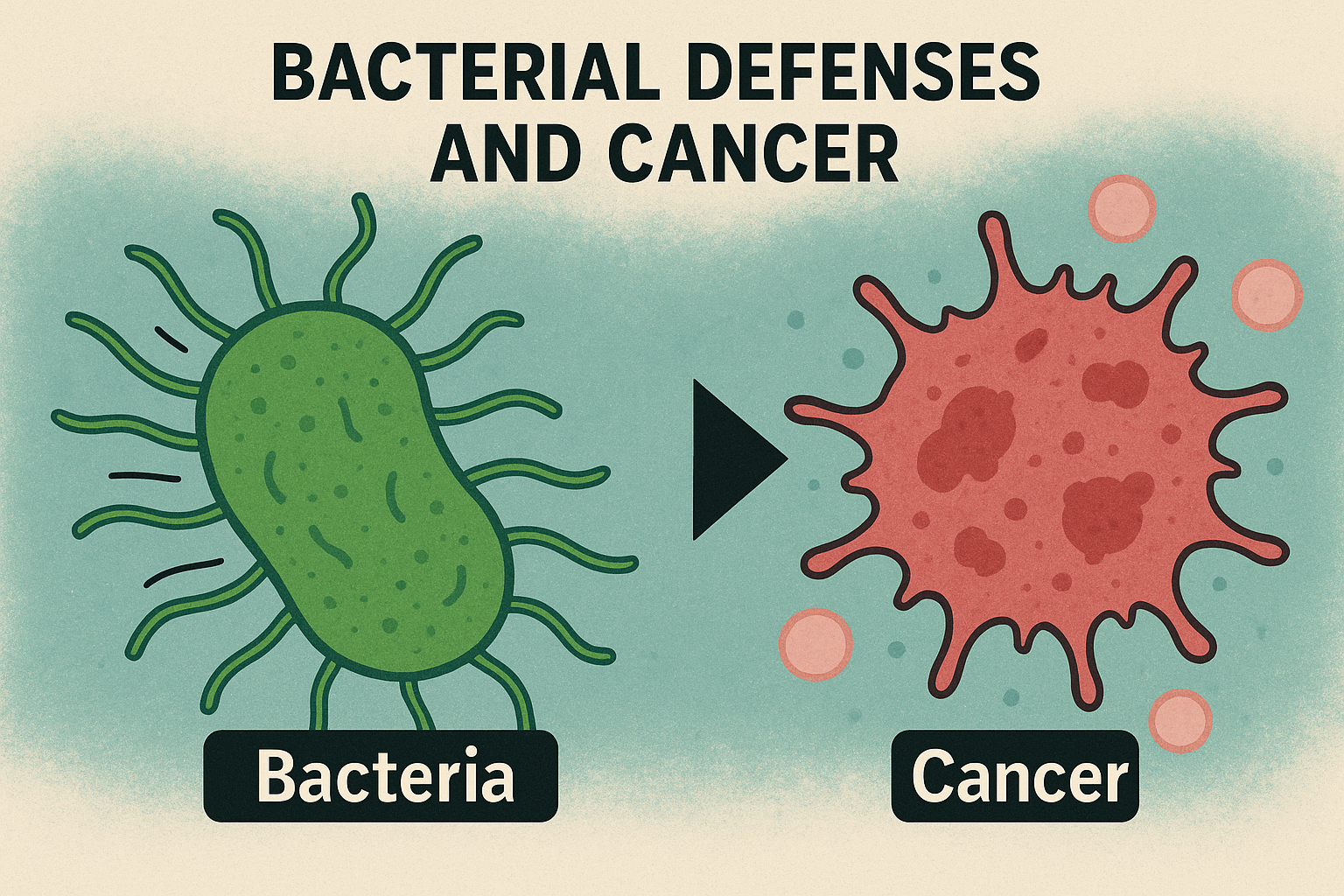Dana-Farber Cancer Institute shared a recent article by Joel M. J. Tan et al, on LinkedIn, adding:
“Bacteria have evolved complex defenses over millennia, including a molecular tripwire against phages, as revealed by the lab of Philip Kranzusch, PhD, of the Department of Cancer Immunology and Virology. This tripwire evolved eons ago and could play a role in human immunity today.
Another study from the lab identified a molecular sponge created by phages to absorb bacterial defense signals and prevent calls for aid, revealing a more complex system than previously known.
‘Our lab studies genes of unknown function, and we’re interested in bacterial immune systems,’ says Kranzusch. ‘We are trying to understand how the immune system is controlled so that, in the future, that information can help inform the design of better therapeutics that leverage the immune system to fight cancer.’
Joel Tan joined the lab as a graduate student, exploring two unknown defense-related genes in bacterial genomes, one resembling a nucleotide transferase (NTase) enzyme.
Kranzusch expected a straightforward project, but it quickly took a turn. The first surprise came when Tan determined the NTase’s molecular structure. His tests hadn’t been working as expected—and the structure revealed why: unlike others, this enzyme constantly generates a signal rather than activating only when threatened.
The second surprise came when Tan studied the second gene. Cells couldn’t survive without the NTase. With help from Harvard collaborators, the team discovered the genes form a tripwire system.
Tan named the system Hailong and the genes HalA and HalB. The HalB protein produces single-stranded DNA, signaling HalA to keep an ion channel domain closed. ‘This system is always running,’ says Tan. ‘But if a virus disrupts that perpetual process, that trips the wire and tells the immune system it is time to respond.’
When tripped, HalA opens the channel domain, halting cell metabolism and replication of the virus.
Immune defenses like Hailong have evolved through bacteria-phage battles. Some phages trip the wire; others don’t.
‘There’s evolutionary pressure for the bacteria to develop ways to defend against threats in the environment,’ says Renee Chang, a graduate student in the lab.
Chang and collaborators studied the TIR protein domain, which helps recognize patterns and pathogens, in a bacterial defense system called type II Thoeris. They found the TIR protein uses diverse building blocks, expanding possible signals like adding numbers to a password, making it harder to guess.
Tan and Chang will continue to investigate how ancient bacterial defenses are relevant to cancer.
‘We’re pushing our understanding of immune processes in new directions and considering how immune signals are being used for different functions than we’d thought about before,’ says Kranzusch. ‘These discoveries could someday lead to new insights that advance our understanding of cancer immunity and enable new approaches the cancer therapy.'”
Title: A DNA-gated molecular guard controls bacterial Hailong anti-phage defence
Authors: Joel M. J. Tan, Sarah Melamed, Joshua C. Cofsky, Deepsing Syangtan, Samuel J. Hobbs, Josefina del Mármol, Marco Jost, Andrew C. Kruse, Rotem Sorek, Philip J. Kranzusch
Read the Full Article on Nature

More posts featuring Dana-Farber Cancer Institute.
